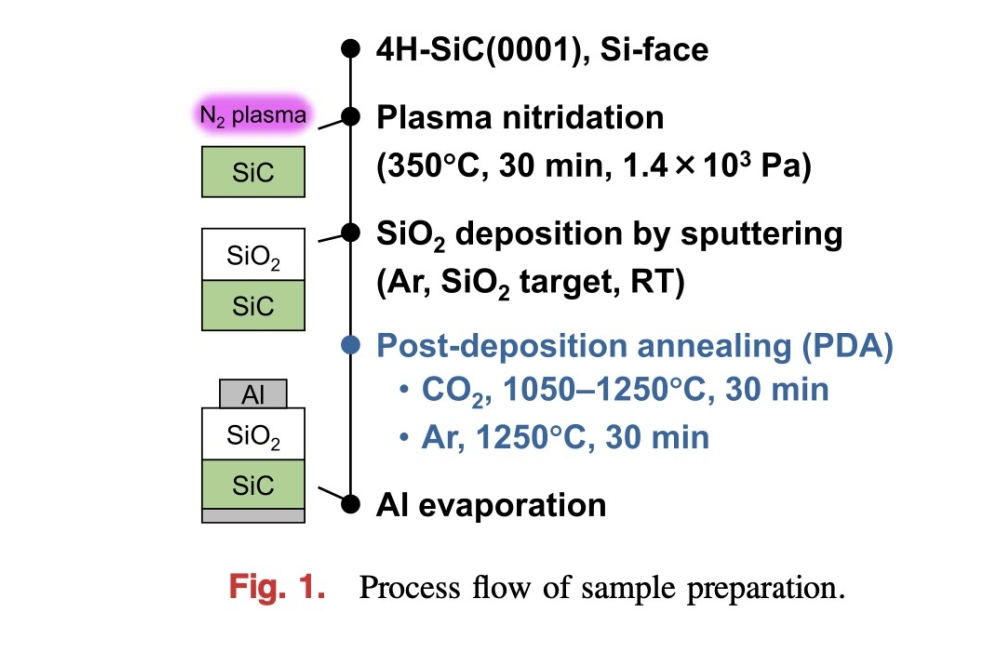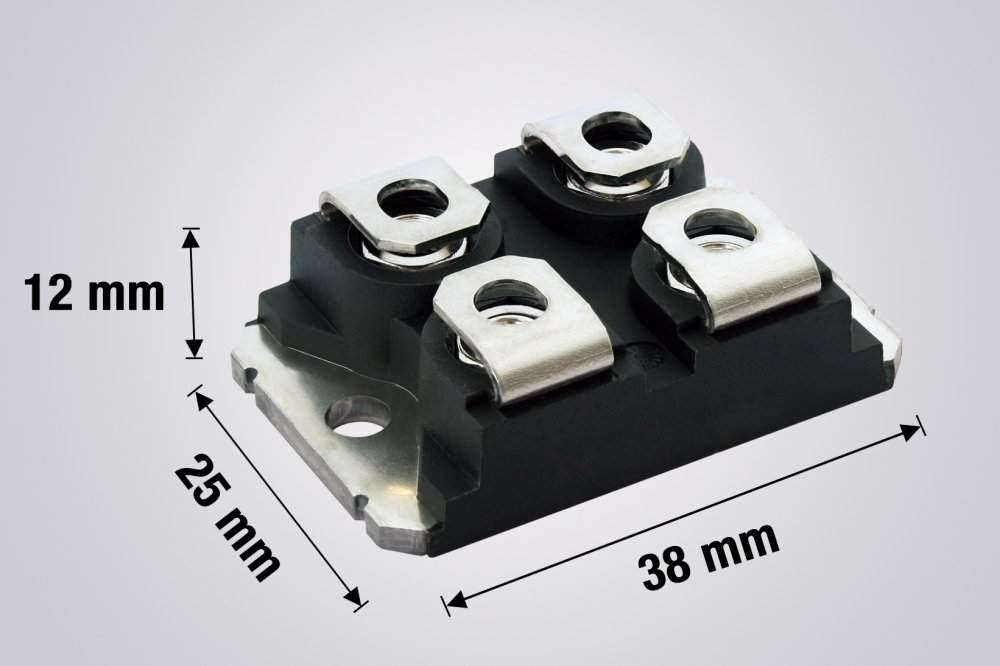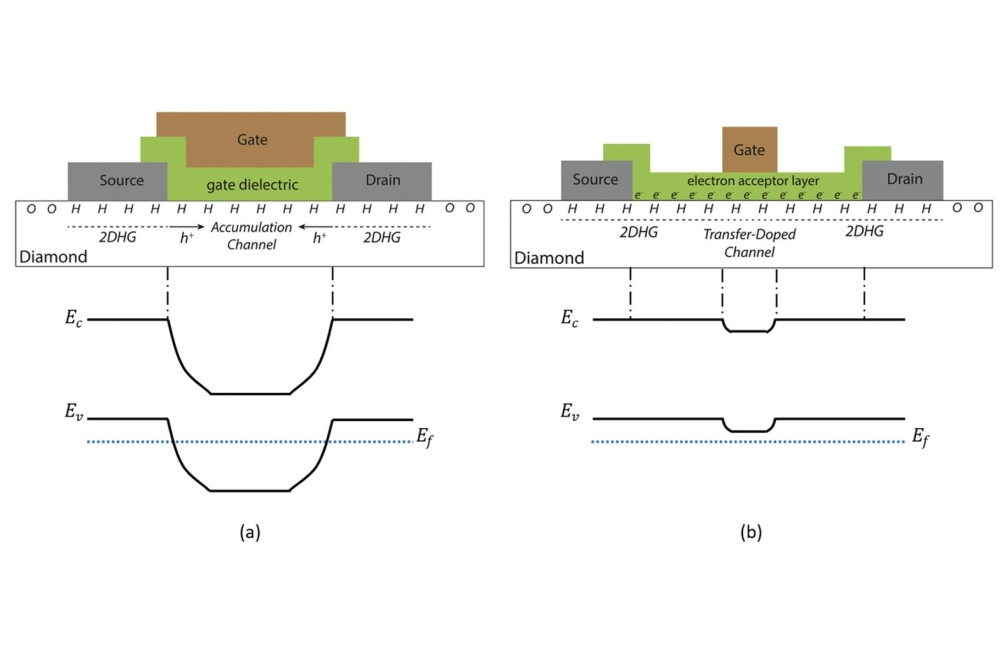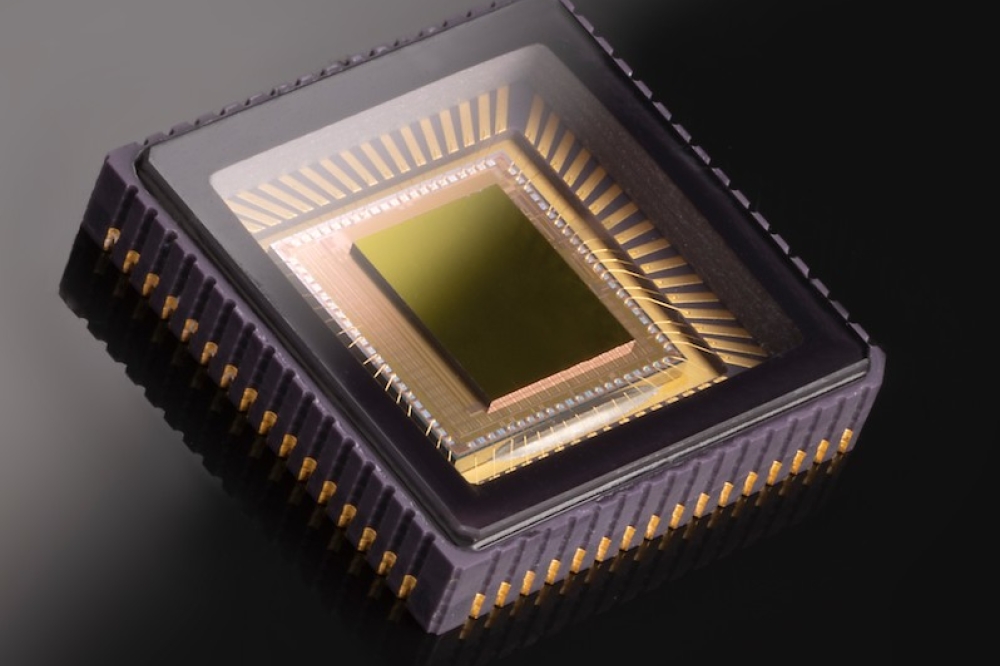BN nanotubes move in less-mysterious ways

Rice University team shows compound semiconductor boron nitride's promise for composites, biomedical applications
Rice University scientists have found a way to study the real-time dynamics of boron nitride nanotubes (BNNTs), allowing them to confirm, for the first time, that Brownian motion of BNNTs in solution matches predictions and that, like carbon nanotubes of comparable sizes, they remain rigid.
Those properties and others - BNNTs are nearly transparent to visible light, resist oxidation, are stable semiconductors and are excellent conductors of heat - could make them useful as building blocks for composite materials or in biomedical studies, among other applications. The study will help scientists better understand particle behavior in the likes of liquid crystals, gels and polymer networks.
Rice scientists Matteo Pasquali and Angel Martí and graduate student and lead author Ashleigh Smith McWilliams isolated single BNNTs by combining them with a fluorescent rhodamine surfactant.
This allowed the researchers to show their Brownian motion - the random way particles move in a fluid, like dust in air - is the same as for carbon nanotubes, and thus they will behave in a similar way in fluid flows. That means BNNTs can be used in liquid-phase processing for the large-scale production of films, fibers and composites.
"BNNTs are typically invisible in fluorescence microscopy," Martí said. "However, when they are covered by fluorescent surfactants, they can be easily seen as small moving rods. BNNTs are a million times thinner than a hair. Understanding how these nanostructures move and diffuse in solution at a fundamental level is of great importance for manufacturing materials with specific and desired properties."
The new data comes from experiments carried out at Rice and reported in the Journal of Physical Chemistry B.
Understanding how shear helps nanotubes align has already paid off in the Pasquali lab's development of conductive carbon nanotube fibers, films and coatings, already making waves in materials and medical research.
"BNNTs are the neglected cousins of carbon nanotubes," Pasquali said. "They were discovered just a few years later, but took much longer to take off, because carbon nanotubes had taken most of the spotlight.
"Now that BNNT synthesis has advanced and we understand their fundamental fluid behavior, the community could move much faster towards applications," he said. "For example, we could make fibers and coatings that are thermally conductive but electrically insulating, which is very unusual as electrical insulators have poor thermal conductivity."
Unlike carbon nanotubes that emit lower-energy near-infrared light and are easier to spot under the microscope, the Rice team had to modify the multiwalled BNNTs to make them both dispersible and viewable. Rhodamine molecules combined with long aliphatic chains served this purpose, attaching to the nanotubes to keep them separate and allowing them to be located between glass slides separated just enough to let them move freely. The rhodamine tag let the researchers track single nanotubes for up to five minutes.
"We needed to be able to visualise the nanotube for relatively long periods of time, so we could accurately model its movement," Smith McWilliams said. "Since rhodamine tags coordinated to the BNNT surface were less likely to photobleach (or go dim) than those free in solution, the BNNT appeared as a bright fluorescent signal against a dark background, as you can see in the video. This helped me keep the nanotube in focus throughout the video and enabled our code to accurately track its movement over time."


































